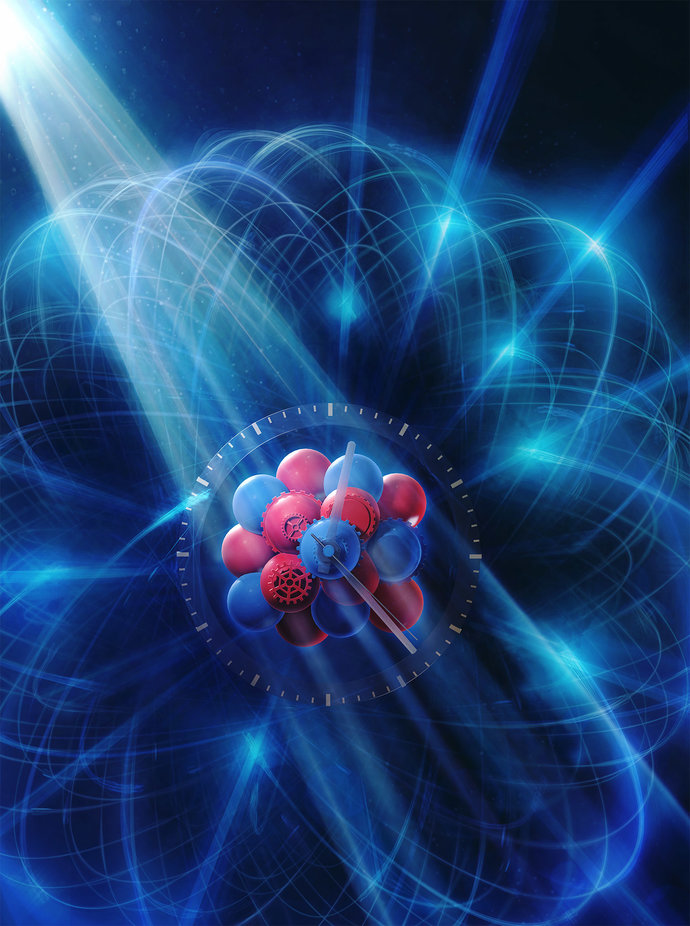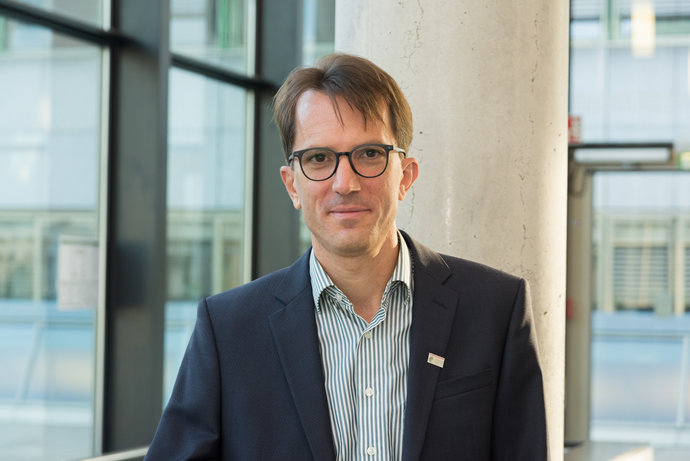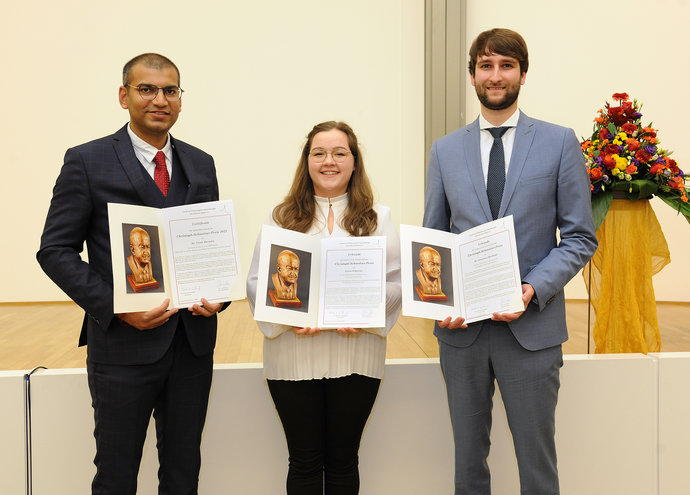
An international research team has taken a decisive step toward a new generation of atomic clocks. At the European XFEL X-ray laser, the researchers have created a much more precise pulse generator based on the element scandium, which enables an accuracy of one second in 300 billion years – that is about a thousand times more precise than the current standard atomic clock based on caesium. The team, which includes scientists from the Helmholtz Institute Jena, a branch of the GSI Helmholtzzentrum…

Two of Europe's leading centers for the study and application of heavy particles in oncology will partner in the “CROSS” project to investigate for the first time in living organisms whether the sequence of carbon ions followed by photons is more effective in treating radioresistant tumors than the reverse order of irradiation. The study is part of a long-standing collaboration in which the National Center for Oncological Hadron Therapy CNAO in Pavia and the GSI Helmholtzzentrum ....

In collaboration with GSI/FAIR and the Technical University of Darmstadt, the European Space Operations Centre (ESOC) recently hosted the second edition of the Artificial Intelligence Symposium on Technology, Applications, and Research (AISTAR). The collaborative effort exemplified the spirit of mutual interest and strong partnerships in the pursuit of cutting-edge AI research. The symposium created a space for connecting, networking, and exchanging ideas, facilitating new contacts and…

On Saturday, December 2, around 120 high-school students from all over Hesse visited the GSI/FAIR campus as part of the “Saturday Morning Physics” lecture series – for the first time on site again since the corona pandemic. In tours of the research facilities, the students gained exciting insights into current physics research, explored the existing GSI particle accelerators, experiments and infrastructure facilities and were informed about the construction of the international accelerator…

The annual #ErasmusDays took place recently: During this week of action, the whole of Europe celebrated the Erasmus+ programme, an exchange programme supported by the European Union. GSI and FAIR also took part in the events.

Dr. Jonas Sommerfeldt of the Technical University of Braunschweig received this year's PhD Award of the SPARC Collaboration for his work on the Delbrück scattering. The SPARC PhD Award was presented at the SPARC Collaboration Workshop by co-organizer Dr. Carlo Bruno.
Professor Peter Braun-Munzinger elected as foreign member of the Polish Academy of Arts and Sciences

Professor Peter Braun-Munzinger, the Scientific Director of the ExtreMe Matter Institute EMMI at the GSI Helmholtzzentrum für Schwerionenforschung has been elected as foreign member of the Polish Academy of Arts and Sciences. The election recognizes his research work and his reputation on an international level.

Professor Christian Graeff from GSI’s Biophysics Department has been awarded the highly sought-after Consolidator Grant from the European Research Council (ERC). The prestigious research funding award supports a project to improve tumor therapy with a funding sum in the millions. Christian Graeff will lead this research project as principal investigator and conduct it with a corresponding team. The renowned prize also underlines the outstanding quality of...

It was both a tribute to an exceptional lifetime achievement and an encouragement for the next generation of scientists: With a solemn memorial colloquium held at the GSI/FAIR campus in Darmstadt, the GSI Biophysics department paid homage to biophysics Professor Gerhard Kraft, who passed away in March 2023. This event was combined with the annual awarding of the Christoph Schmelzer Prize to three young scientists....












